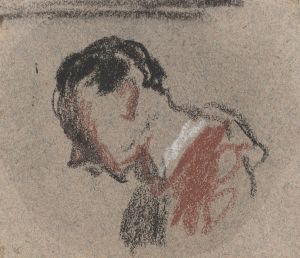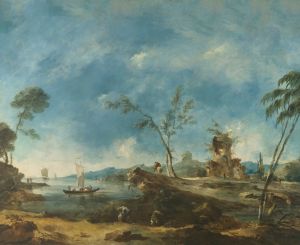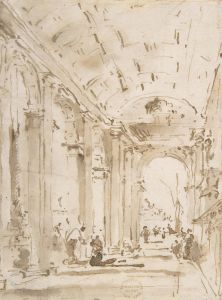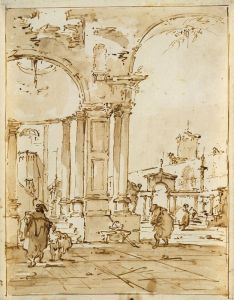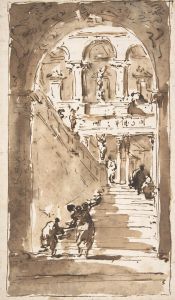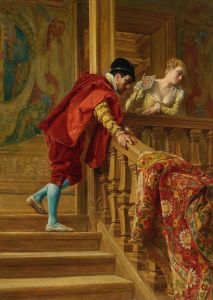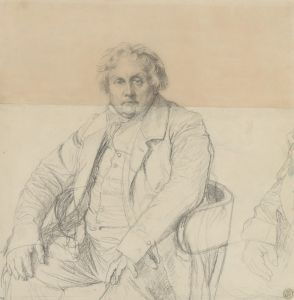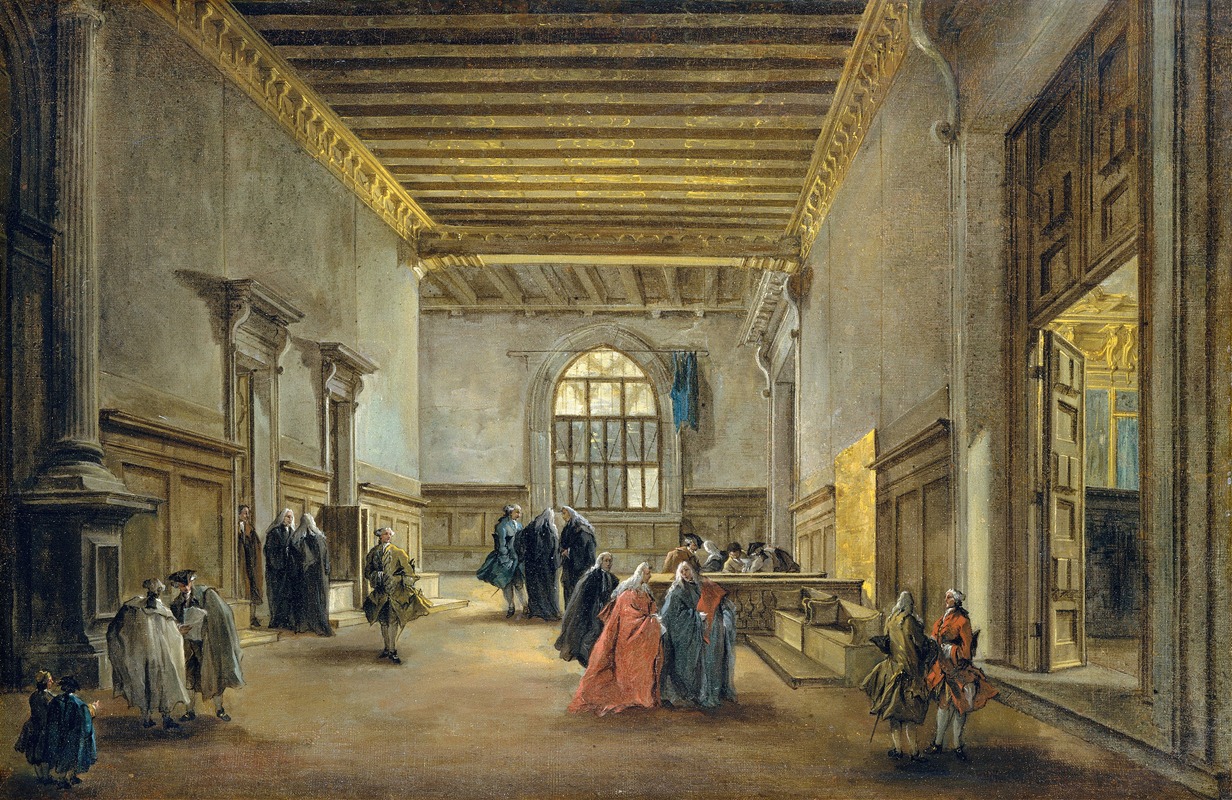
The Antechamber of the Sala del Maggior Consiglio
A hand-painted replica of Francesco Guardi’s masterpiece The Antechamber of the Sala del Maggior Consiglio, meticulously crafted by professional artists to capture the true essence of the original. Each piece is created with museum-quality canvas and rare mineral pigments, carefully painted by experienced artists with delicate brushstrokes and rich, layered colors to perfectly recreate the texture of the original artwork. Unlike machine-printed reproductions, this hand-painted version brings the painting to life, infused with the artist’s emotions and skill in every stroke. Whether for personal collection or home decoration, it instantly elevates the artistic atmosphere of any space.
Francesco Guardi, an eminent Venetian painter of the 18th century, is renowned for his captivating vedute, or view paintings, which vividly depict the cityscapes and interiors of Venice. One of his notable works is "The Antechamber of the Sala del Maggior Consiglio," a painting that exemplifies his skill in capturing the grandeur and intricate details of Venetian architecture and interiors.
Francesco Guardi was born in Venice in 1712 into a family of painters. He was part of the Venetian school and is often associated with the Rococo style. Guardi's work is characterized by a lively and atmospheric quality, often achieved through his loose brushwork and keen attention to light and shadow. His paintings are celebrated for their ability to convey the vibrancy and elegance of 18th-century Venice.
"The Antechamber of the Sala del Maggior Consiglio" is a testament to Guardi's mastery in depicting interior spaces. The Sala del Maggior Consiglio, or the Hall of the Great Council, is located in the Doge's Palace in Venice. This grand hall was historically significant as the meeting place for the Great Council, the main governing body of the Venetian Republic. The antechamber, as depicted by Guardi, served as a waiting area for those who were to enter the council chamber.
In this painting, Guardi captures the opulence and architectural splendor of the antechamber. The composition is marked by its attention to detail, showcasing the ornate decorations, grand columns, and intricate ceiling designs that are characteristic of Venetian architecture. The use of light in the painting highlights the richness of the interior, creating a sense of depth and space that draws the viewer into the scene.
Guardi's work often reflects the social and political milieu of Venice during his time. The Doge's Palace, being the center of political power, is a recurring subject in his paintings. Through his depiction of such interiors, Guardi provides a glimpse into the ceremonial and administrative life of the Venetian Republic. His paintings serve not only as artistic achievements but also as historical documents that offer insights into the cultural and political landscape of 18th-century Venice.
The painting is also notable for its atmospheric quality, a hallmark of Guardi's style. His use of color and light imbues the scene with a sense of liveliness and movement, capturing the dynamic interplay of people and architecture. This quality sets Guardi apart from his contemporaries, allowing him to convey both the grandeur and the everyday life of Venice with equal skill.
Francesco Guardi's contribution to the art world extends beyond his vedute. His works are considered pivotal in the transition from the detailed precision of earlier Venetian painters like Canaletto to a more impressionistic approach that would influence later artists. Guardi's ability to blend architectural precision with atmospheric effects has earned him a lasting place in the history of art.
Today, "The Antechamber of the Sala del Maggior Consiglio" is appreciated not only for its artistic merit but also for its historical significance. It remains a valuable piece for those interested in the art and history of Venice, offering a window into the opulent world of the Venetian Republic and the artistic brilliance of Francesco Guardi.






